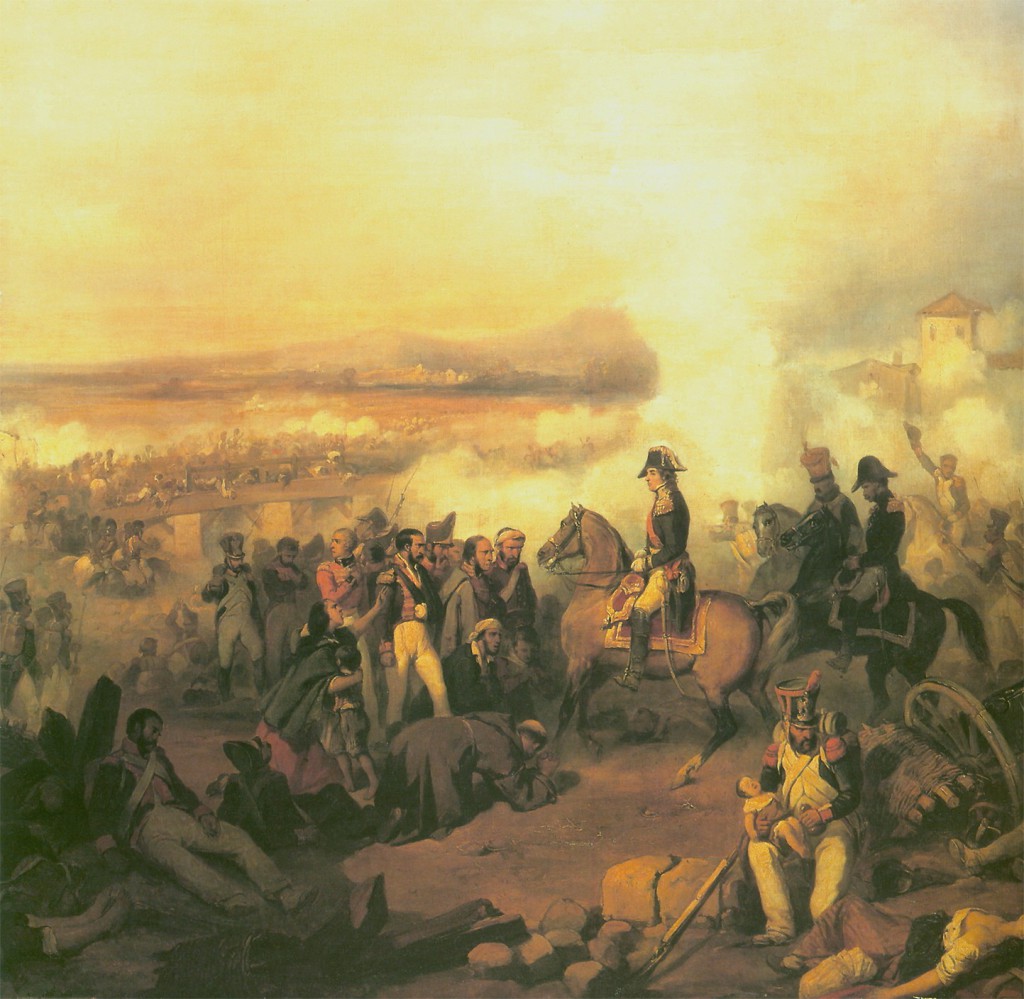The 19th century was marked on the one hand by further flourishing port trade and prosperity, but subsequently also by catastrophes and disasters. This period firmly anchored the port in the lifestyle and habits of all the British. However, deliveries also increased to the Brazilian overseas market, as well as to other countries such as Russia, Germany, the Netherlands, Scandinavia and the United States.
Trade in port has taken a new direction thanks to the civil war in the Iberian Peninsula. Another blow was the invasion of Napoleonic troops under General Junot and the occupation of Porto by Marshal Soult in 1809. As soon as the French army retreated, trade in Porto practically stopped. British merchants and their families fled the city, leaving virtually no wine ship leaving the port. At this turbulent time, there was no comprehensive plan for the Douro area, and the British demanded free trade with the port, which led to the final closure of the Companhia in 1863.

This deregulation led to a resurgence of port wine fraud. Practices such as adding elderberry, mixing quality wines with lower quality, dispensing mixtures of sweet fortified wines with regular table wines, etc. have returned. In Vila Nova de Gaia, thanks to the import of wines from other regions, new cellars were rapidly expanded.
A natural consequence of the uncontrolled planting of new vineyards was an increase in production and the associated reduction in prices. The Port wine trade thus gained a very poor reputation.